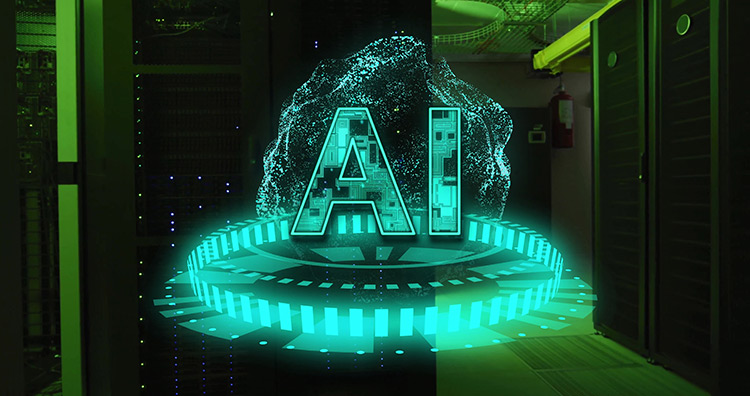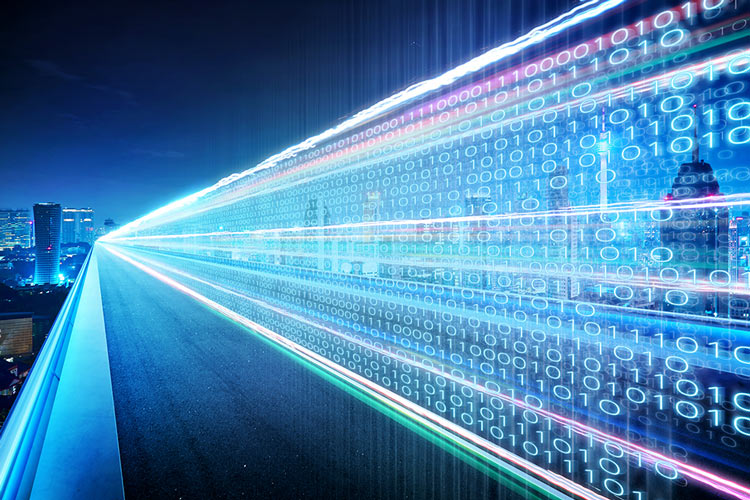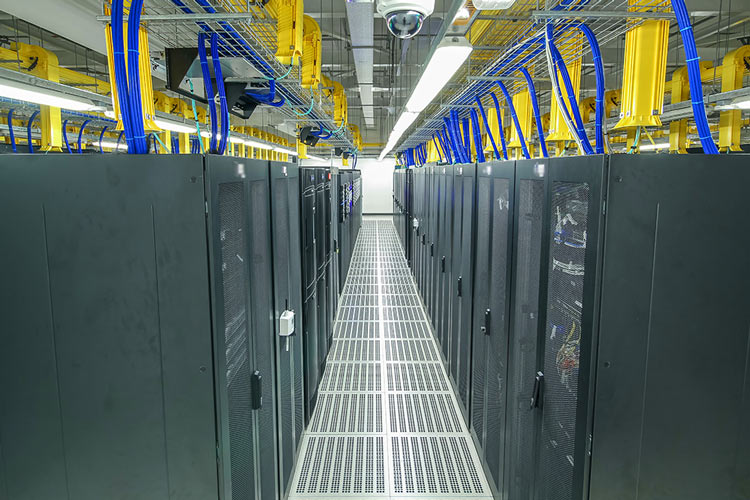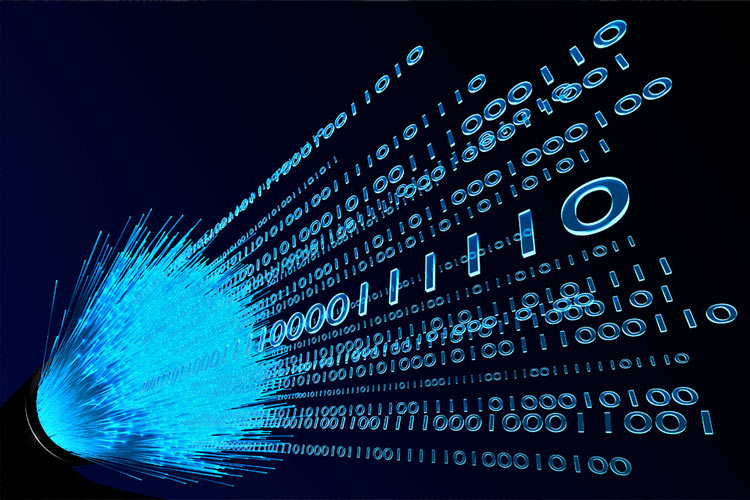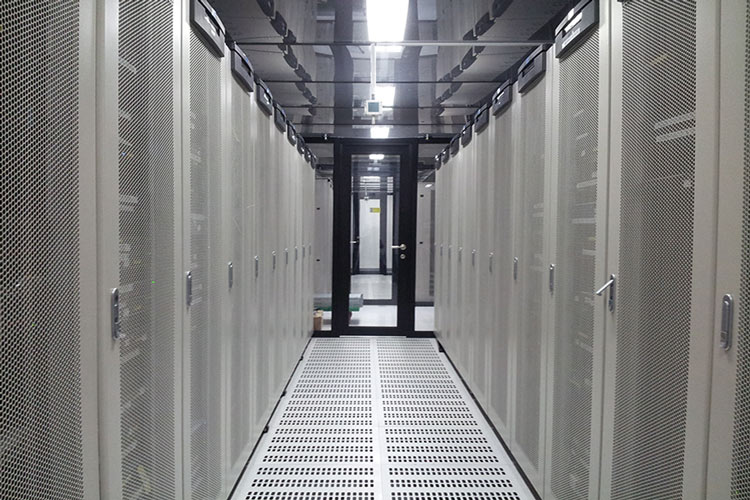If there’s one thing we can all agree on when it comes to AI and data centers it’s that there will be a lot of change coming. With an estimated annual growth rate of 37.3% until 2030, AI is here to stay and reshape our world, starting with data centers.
The capacity and potential of AI are of a magnitude yet unfathomable; however, because of the speed of its growth, it’s very difficult to control or predict its future impact, which raises some concerns. Its power harnessed for fraudulent purposes gives legitimate reasons for worrying, and operators will be preoccupied with keeping AI and data centers safe. On the other hand, AI will revolutionize so many industries, offering countless applications for improving our lives in fields like healthcare and automation.
AI will offer versatile solutions for many areas of our lives. The question is, what does it take for data centers to accommodate its rapid and unforeseeable growth? AI and data centers will be inseparable from now on, requiring a new approach and considerable reorganizing on the part of operators.
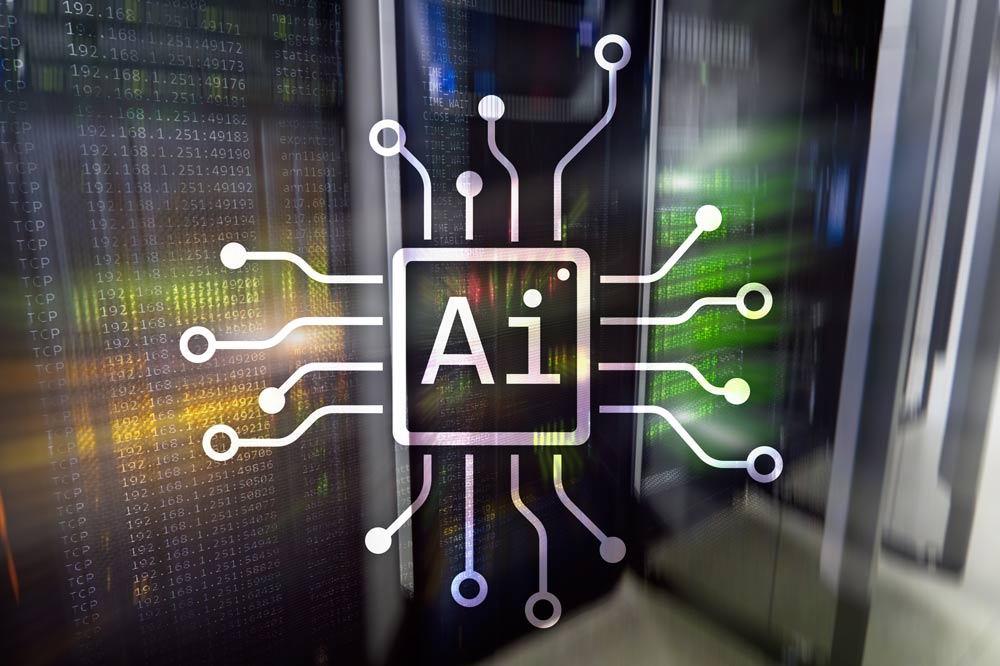
Adapting Data Centers to Meet the Challenges of the AI Boom
The relationship between AI and data centers will foreseeably change on a large scale, as AI’s requirements are fundamentally different from those of traditional data center infrastructures. Data centers are adapting to the rise of AI globally, and this adaptation process includes several changes to accommodate the new technology.
A Power-Hungry Beast
The primary concerns regarding AI adoption are the enormous power demand, the need for more powerful cooling, and the exorbitant bandwidth requirements. Machine learning is just as power-hungry as data-hungry, and considering that it has only just begun to enter data centers, the future power demand is very difficult to estimate. What’s certain is that it will grow; we just don’t yet know how fast.
It’s already known that data center energy consumption accounts for 1% of the entire global power demand. Considering that growth will continue at this rate, it is estimated that by 2030, global data center power consumption will double, reaching 35 gigawatts/year.
The industry is preparing for an unprecedented major transition in which traditional data centers have to adapt to take on the challenges of changing computing needs. New power and bandwidth needs characterize the symbiosis of AI and data centers, and these needs are significantly more power-intensive. CPU-powered racks need to be switched to GPU-powered racks. GPUs require up to 8x100Gb/s for EDR and 200GB/s for HDR connections, with each GPU having 8 connections. Nvidia’s DGX models (A100, GH200) consume 6.5-11kW per 6U unit, and data centers running these AI applications have to adapt to manage a significantly higher power consumption.
Keeping Capacity Under Control
Infrastructure changes are at the doorstep as AI and data centers start to merge. The new power demand is already restructuring the ways capacity is managed, gravitating towards more compact designs. Large underutilized spaces and architectures are becoming ripe for a redesign to use space more efficiently and minimize the stress on an already over encumbered grid.
More Sustainable and Less Expensive
The huge surge in power demand calls for future-proof solutions. Server racks formerly designed with a capacity of 5 to 10 KW can’t handle the new demand of 35 to 100 KWs per rack. Data center energy consumption is estimated to double in the upcoming years, mainly because of AI. Better energy management is a must, not only because of sustainability goals but also because of the need to cut back on costs. These two objectives create a situation with a two-way passage of benefits.
Energy management and PUE will play a crucial role, as will the sources of energy. Renewables take center stage as sustainability matters more than ever; nevertheless, emerging new energy sources will also play an important part. Flexibility and open-mindedness will be key to successfully adapting to new situations and finding efficient and, to a certain degree, future-proof solutions.
Data center operators need to find solutions for the increased cooling needs and, at the same time, ensure resiliency to grid instabilities with sufficient backup power supplies. Power supply diversification (renewables, onsite generators, combined heat and power, fuel cells, etc.) is vital for performance and efficiency in a time when outages are not tolerated, and reaction times to disruptions can make or break partnerships.
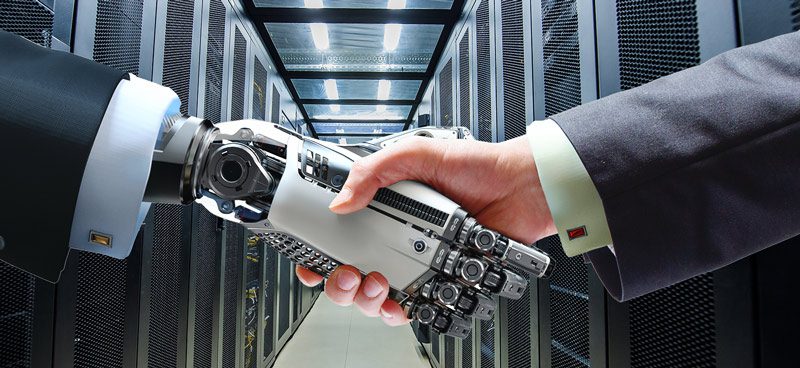
How Can the Synergy of AI and Data Centers Bring Efficiency?
Past all the concerns regarding energy consumption, increased cooling and bandwidth needs, and sustainability issues, having AI around in data centers has its perks. Leveraging AI for data centers can facilitate tasks that are extremely time-consuming or even impossible to accomplish.
Automating routine tasks and optimizing resource management, in the end, does help reduce operational costs and improve uptime. AI can serve as a tool to monitor equipment performance, and it can also offer insight into data center efficiency through extensive real-time monitoring. Having access to information about how much power is used by specific units at any time of the day can offer valuable insight for adjusting power and cooling more efficiently. With the help of AI, resource-wasting security practices like uniformly overcooling the data center will become a memory of the past. AI can differentiate between lightly and heavily loaded units and adjust their cooling accordingly to save resources.
AI can also be extremely useful in quickly identifying and responding to security threats; however, it can also make mistakes at this stage.
The Dangers of Powerful Potential
Nevertheless, AI is a powerful new entity with a potential that, if left uncontrolled, can change our world in unimaginable ways. We don’t need to look for examples of how quickly it can become a source of concern when used for malicious purposes of various kinds. We need to prepare by educating ourselves, and maintaining flexibility for adapting to quickly changing new situations. Alongside working to achieve better energy efficiency, implementing safety protocols for the new union of AI and data centers will be crucial. Navigating towards more transparency in general might become a cornerstone of safety in the future.
Conclusion
The world and the data center industry are experiencing a mix of enthusiasm and concern regarding AI, and one of the main worries is about how data centers can be adapted to accommodate the boom. Until now, many predictions and estimations of its growth have proven to be wrong, underestimating its scale. At the same time, additional changes that are yet unforeseeable can come further down the line. Data center operators have to stay prepared and flexible to upcoming developments and figure out new paths to efficiently support AI while keeping an eye on sustainable and cost-effective solutions that are ready for the future.
AI is complex, and learning about it will influence our ability to control it in the future. If you want to learn more about AI and data centers, contact Volico Data Centers at (305) 735-8098 or chat for more information.

